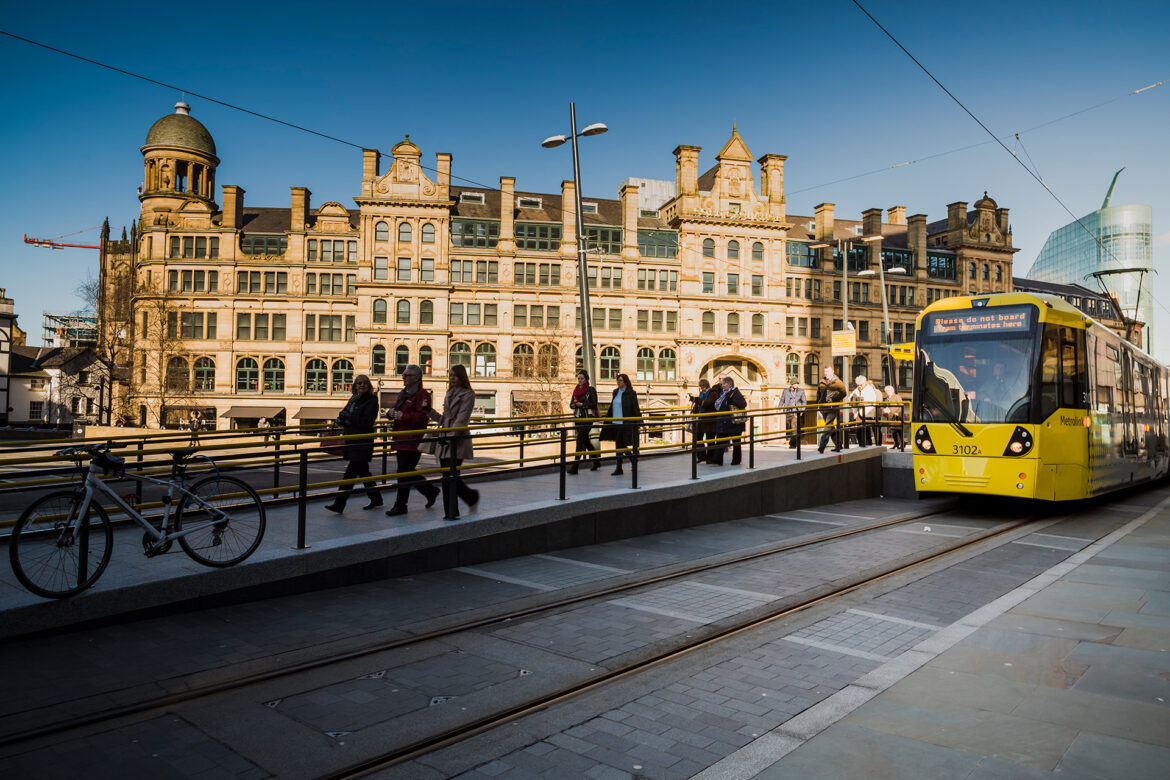Greater Manchester has unveiled an ambitious plan to fuel its economic growth and urban transformation, aiming to attract £1 billion in investment every year for the next decade. With a combination of devolution, collaboration, and innovation, the city-region is solidifying its position as the fastest-growing economy in the UK outside London. This strategic initiative is expected to drive the construction of tens of thousands of homes and create new employment opportunities on a scale not seen in the UK over the past 20 years. Visitors to Manchester are already captivated by its evolving skyline, and this next phase of development is set to accelerate the city’s transformation even further.
The city-region has identified six key Growth Locations that will serve as hubs for investment and regeneration. These locations have been carefully selected based on their potential to drive economic expansion and job creation. The Western Gateway, which includes the area surrounding Manchester United’s stadium in Old Trafford, is a prime example of the scale of transformation underway. Plans for the area feature a comprehensive regeneration project encompassing housing, commercial spaces, and public amenities. A major highlight of this initiative is the proposal for a new 100,000-seat stadium for Manchester United, designed by world-renowned architect Norman Foster. Dubbed “New Trafford,” this £2 billion development is expected to become a global landmark, drawing visitors from around the world and contributing billions to the local and national economy. The entire Old Trafford regeneration project could inject more than £7 billion into the UK economy and generate over 90,000 jobs, making it the most significant sports-led urban renewal since the London 2012 Olympics.
Another major Growth Location is the North East Growth Corridor, which includes Atom Valley. This area is poised to become a center for advanced materials and manufacturing, leveraging the expertise of a Mayoral Development Zone to attract high-value industries and drive technological innovation. The Airport and Southern Growth Corridor will capitalize on the international connectivity provided by Manchester Airport, strengthening the region’s position as a global trade and business hub. The Central Growth Cluster will enhance the economic performance of Manchester’s city center, with plans to build 58,000 new homes on previously underutilized brownfield sites. Innovation districts at Sister and Crescent Salford will complement these developments, alongside major urban regeneration projects such as Victoria North and Holt Town.
To support these large-scale projects, Greater Manchester is pioneering a new approach to investment and development. By creating a single, integrated pipeline for growth, the city-region is aligning transport, housing, innovation, and low-carbon energy initiatives under a unified strategy. This ensures that resources are allocated efficiently and that development projects are executed in a coordinated manner, benefiting businesses and residents alike. Devolution has given Greater Manchester greater financial flexibility, allowing the city-region to establish a single investment pot that will provide targeted public funding to unlock strategic regeneration sites. This approach is designed to attract private sector investment while maximizing the value of public assets.
Greater Manchester’s economic resilience is reflected in its impressive growth trajectory. Since the turn of the century, the region’s economy has expanded by 50 percent, outpacing the UK’s national growth rate of 33 percent. Over the past decade, the city-region has maintained an average annual growth rate of 2.8 percent, surpassing London’s 1.1 percent and the UK’s overall 1.3 percent growth rate. By capitalizing on its existing strengths, including a thriving digital and tech sector, a world-class health innovation and life sciences industry, and a globally recognized hub for advanced materials and manufacturing, Greater Manchester has established itself as a magnet for leading businesses and top-tier talent.
A key element of the city-region’s success is its investment in human capital. Greater Manchester has a young, highly skilled workforce, and through its unique devolution deal, it now has greater control over its technical skills system. This enables the region to address skills gaps proactively, ensuring that businesses have access to the expertise they need to remain competitive. By fostering a high-skill economy that aligns with industry demands, the city-region is positioning itself for sustained economic growth.
Infrastructure development is another critical component of Greater Manchester’s vision for the future. A well-functioning public transport system is essential for connecting people to jobs and opportunities. The city-region has already implemented the biggest transformation of public transport in 40 years by bringing buses back under local control, a move that was delivered on time and within budget. The next phase of improvements includes integrating eight commuter rail lines into the Bee Network by 2028. Additionally, through the Liverpool-Manchester Railway Board, the city-region has proposed the construction of a new railway line that will strengthen economic links between the North West’s two primary financial centers.
The success of Greater Manchester’s economic model is rooted in its ability to foster collaboration across sectors. By uniting public, private, academic, voluntary, and faith-based organizations under a shared mission, the city-region has created a governance structure that drives collective progress. This unique model of city-region governance has allowed Manchester to achieve levels of cooperation and strategic planning that set it apart from other regions in the UK. The commitment to long-term investment and coordinated development has made Greater Manchester a blueprint for urban renewal and economic transformation.
Events such as MIPIM provide a platform for Greater Manchester to showcase its achievements and attract international investors. By demonstrating the city-region’s track record of successful regeneration projects and its ambitious vision for the future, Greater Manchester is positioning itself as the UK’s leading investment destination outside London. The next decade will be defined by bold infrastructure projects, strategic partnerships, and a relentless focus on innovation, ensuring that Greater Manchester continues to thrive as a global economic powerhouse.
Stay ahead with the latest news on global innovation, leadership, entrepreneurship, business, and tech. Join us on WhatsApp or Telegram for real-time updates. Have a report or article? Send it to report@theinnovationtimes.com. Follow us on X (Twitter), Instagram, LinkedIn, YouTube, Pinterest, and Facebook for more insights and trends.



